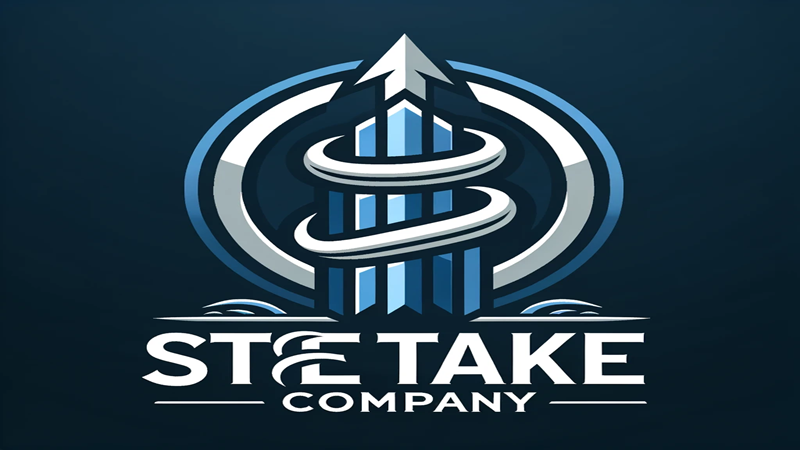In today’s rapidly evolving financial landscape, the importance of innovative fintech companies cannot be overstated. Among these, Stake emerges as a revolutionary force in the realm of brokerage firms, as it offers streamlined access to various stock exchanges, reduces costs, and enhances user experience.
This comprehensive analysis seeks to explore the net worth of the Stake, examine its business model, assess its market positioning, and evaluate its potential for future growth.
Introduction to Stake
Stake, established in 2017, has quickly risen to prominence by democratizing the trading field, allowing users from several countries, including Australia, the UK, and Brazil, to trade US stocks without the hefty fees traditionally associated with stock trading.
The company’s mission is to provide a straightforward, efficient, and more affordable pathway for stock trading through a user-friendly digital platform.
Stake’s Business Model
Stake’s business model is predicated on the premise of zero-commission trading, which has disrupted traditional brokerage fee structures. The firm makes money through other channels such as foreign exchange fees for converting currencies, premium account services, and margin fees.
This model not only attracts a vast base of fee-conscious new traders but also retains experienced traders looking for a cost-effective trading solution.
Market Position and Competitive Landscape
The brokerage industry is intensely competitive, with players like Robinhood, Charles Schwab, and E*TRADE consistently innovating to capture market share.
Despite this, Stake has carved out a niche for itself by focusing specifically on providing Australians, and more recently other nationals, with uncomplicated access to the US stock market. This unique positioning helps Stake differentiate itself in a crowded market.
Financial Performance and Growth Metrics
Stake has not publicly disclosed its complete financial statements; however, some public records and estimations suggest rapid growth in both customer base and transaction volume. As of the latest figures, Stake boasts over 350,000 registered users and has processed millions of dollars in trades.
The company’s revenue primarily derives from its transaction fees on foreign exchanges and its premium services, which include advanced trading capabilities and additional financial information.
Estimating Stake’s Net Worth
Determining the exact net worth of a Stake can be challenging due to the private nature of its financials. However, we can derive an approximate value by analyzing similar companies and their valuations. Fintech startups, especially those in the brokerage sector, are typically valued at a multiple of their revenue or transaction volume.
Given Stake’s user base and assuming an average revenue per user (ARPU) which is competitive in the fintech space, it’s plausible that the company generates significant annual revenue. If we consider a modest revenue multiple, common in fintech valuations, Stake’s current net worth could plausibly be in the hundreds of millions of dollars.
SWOT Analysis
Strengths
Zero-Commission Model: Attracts users who wish to trade without incurring high costs.
User-Friendly Platform: Enhances user engagement and satisfaction.
Strong Market Niche: Specialized focus on markets like Australia for trading US stocks.
Weaknesses
Limited Product Range: Mainly focused on US stocks, which might deter users interested in other markets.
Dependence on Forex Fees: Market volatility could impact profitability with the bulk of revenue coming from currency conversion.
Opportunities
Expansion into New Markets: There is substantial potential for Stake to expand into other regions which could significantly increase its user base and transaction volume.
Broadening Service Offerings: Introducing options like ETFs, bonds, and other financial instruments could attract a broader audience.
Threats
Regulatory Challenges: Changes in regulatory frameworks in any of the countries Stake operates in could impact its operations.
Intense Competition: The brokerage sector is highly competitive, with major players possibly overshadowing smaller firms.
Future Outlook and Challenges
The future looks promising for Stake as it continues to capitalize on its unique market proposition and expand its geographical footprint. However, the company must navigate potential regulatory changes and intensifying competition, which could pose significant challenges.
Moreover, as Stake plans further diversification of its services and potential expansion into markets such as cryptocurrency, it will be crucial to maintain its competitive edge by leveraging technology and maintaining user trust.
Conclusion
Stake’s innovative approach to brokerage has not only reshaped how individuals trade stocks but also positioned it as a formidable player in the fintech space.
While exact figures on its net worth are not publicly available, analysis suggests that the company’s value is robust, underpinned by strong fundamentals and a clear growth trajectory.
Stake’s future strategies and adaptation to market changes will be pivotal in sustaining its growth and potentially increasing its market valuation even further.
As the company continues to evolve, it will undoubtedly remain a key topic of discussion among investors and market analysts alike.
